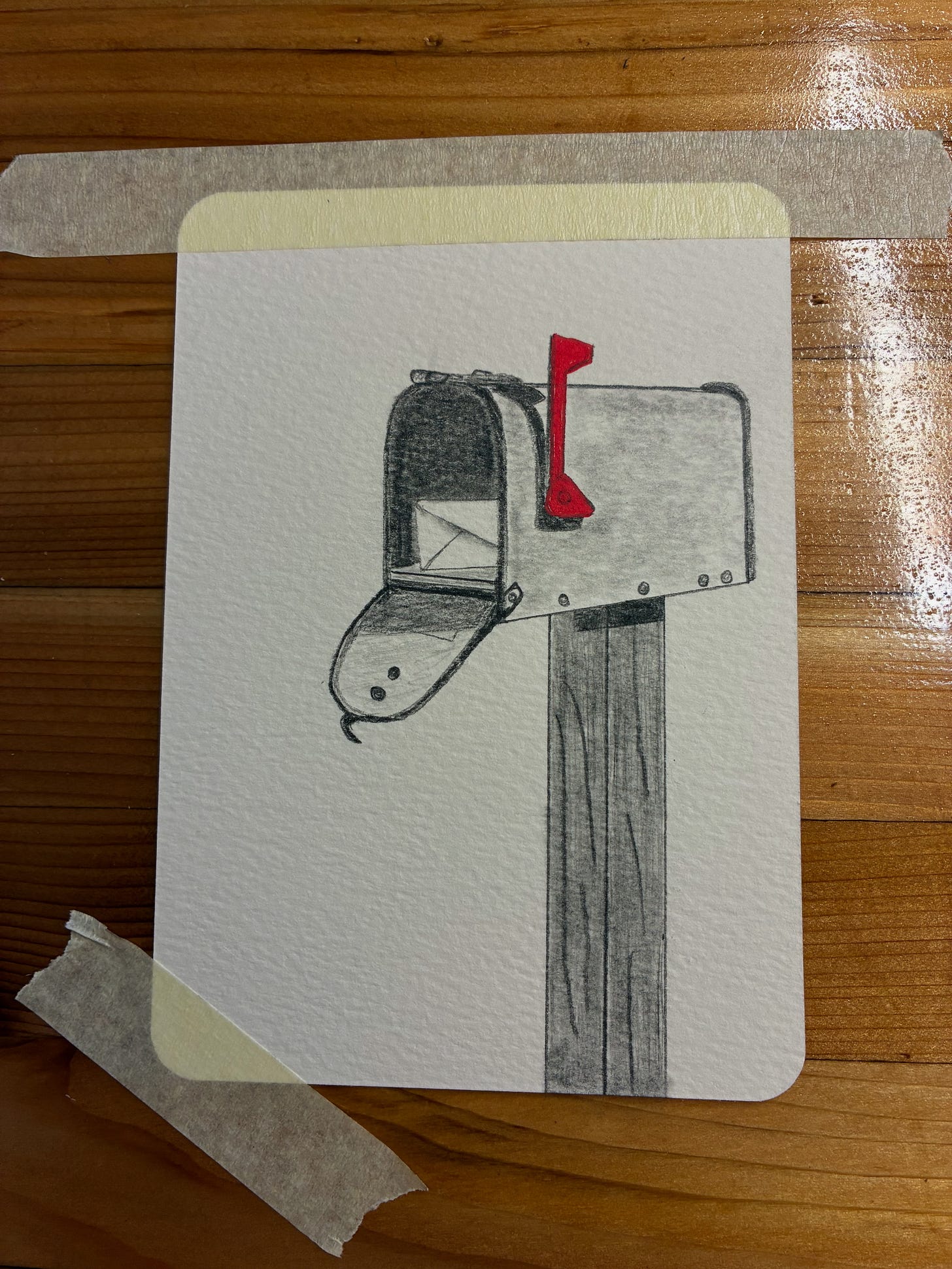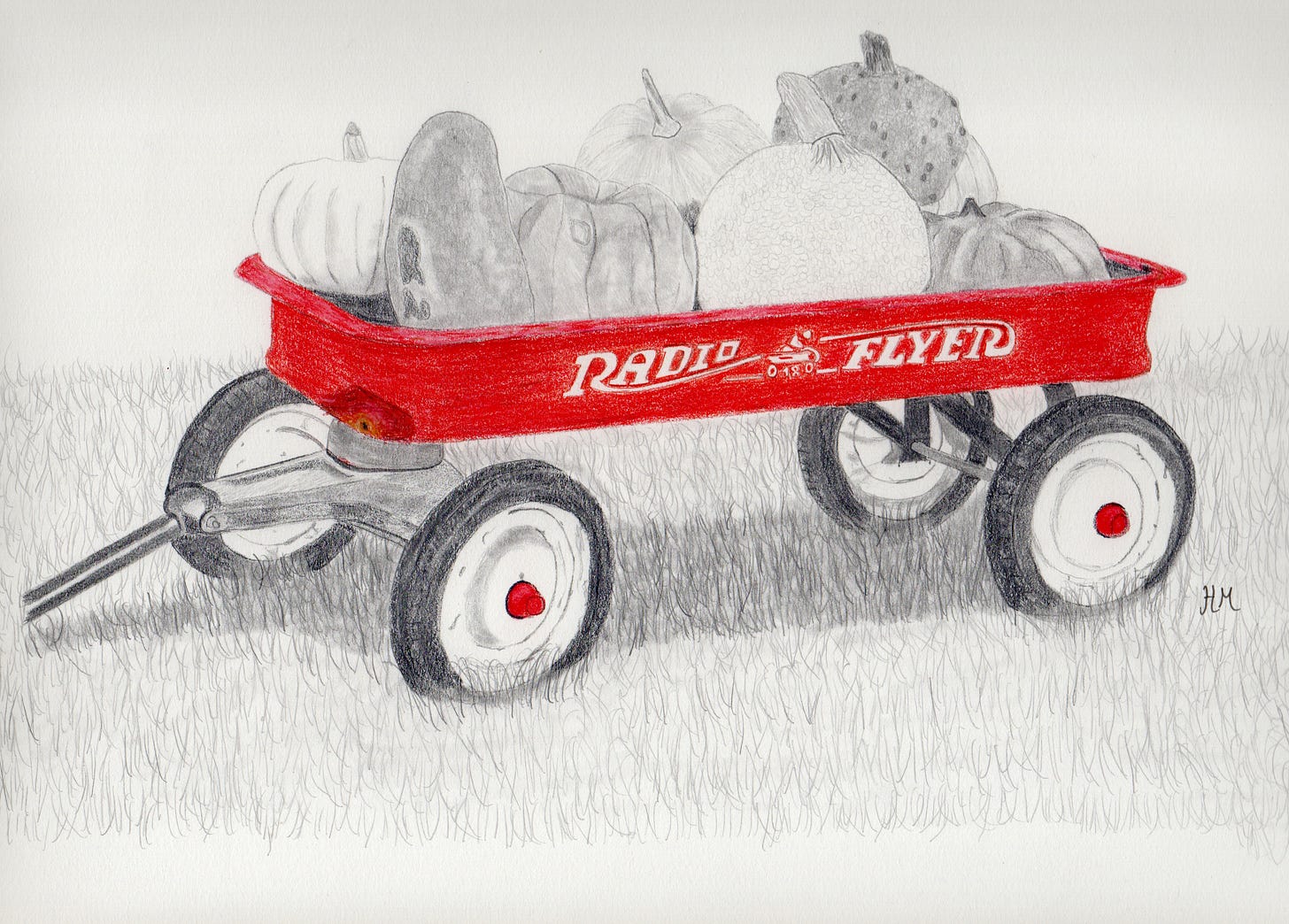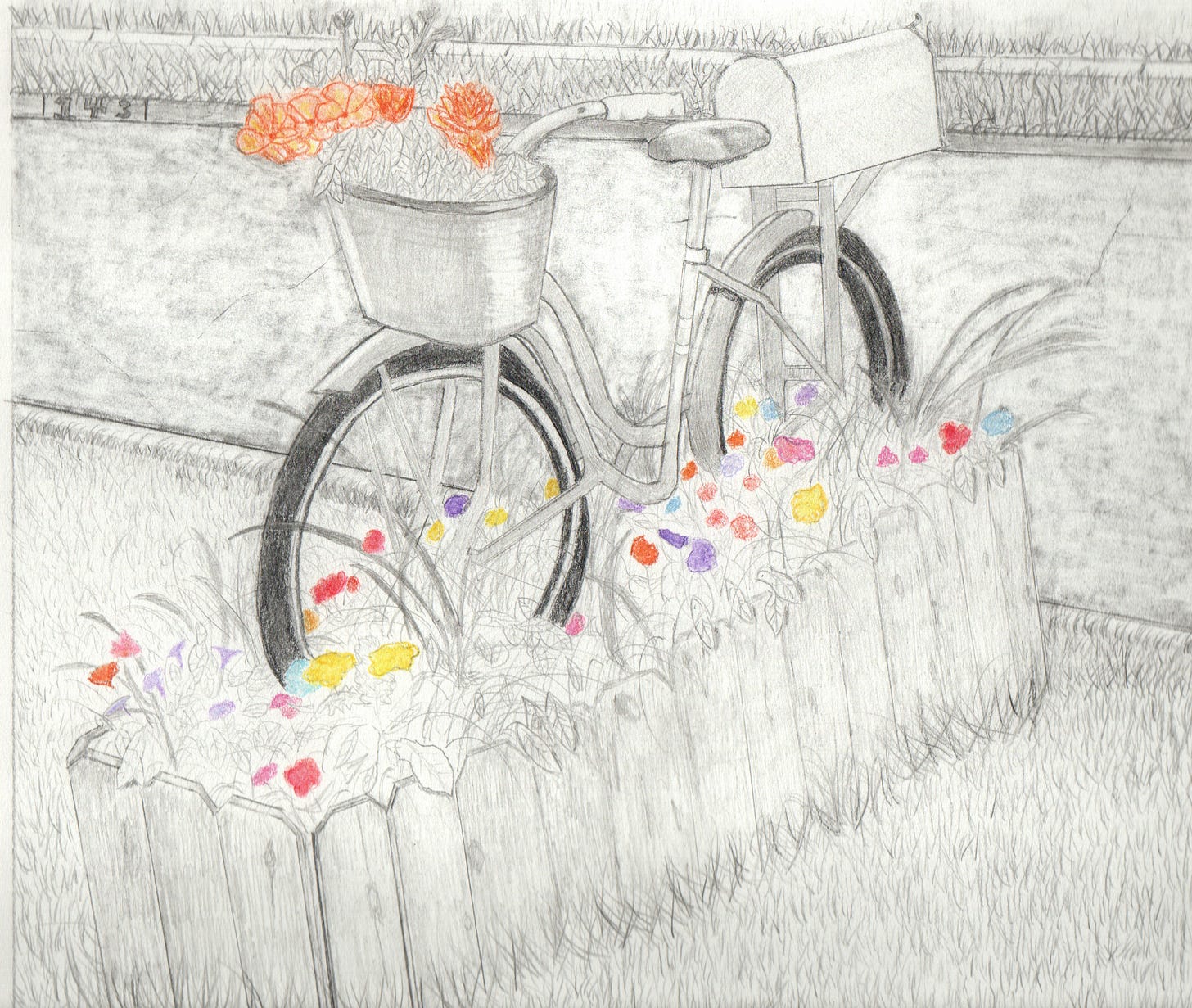This is an entry in my Vermont 251 Club series. The main post — which lists all 252 places in Vermont — is here. As I visit each one and write about it, the name will become a live link. The first one, telling the story of my adventure in Middlebury, is not behind any paywall and is available here. Richmond, home of The Round Church, is here.
This one isn’t paywalled, as it’s fairly short, but most of the series is/will be paywalled, so if you think you would enjoy reading more of these, consider subscribing. Here’s a coupon.
I just had a brainstorm.
In 2025, hearing that from someone you know and like probably sparks a little excitement.
What bright idea have they had?
What insight, adventure, or fun might it lead to?
But “brainstorm” has a darker, older side — a kind of secret identity. In the mid-19th century, it meant something closer to “a sudden fit of madness” or “violent outburst,” the sort of acute mental disturbance that could leave someone irrational, furious, or temporarily unmoored.
Only in the 1920s did it start to shift toward its modern sense: a sudden flash of inspiration.
One word, two radically different meanings, depending on the era.
Randolph, as I found it, has that same dual nature.
If Randolph were a house, it would be one of two things: the home of a poor person cosplaying as rich, or a rich person cosplaying as “authentic.”
Either way, the performance would show in the details — a front porch meticulously painted in heritage colors, but with peeling trim you can’t quite unsee. A gleaming farmhouse sink set into a countertop with a crack running straight through it.
The census data backs up the feeling. Randolph’s poverty rate hovers between nine and nineteen percent depending on how you measure it, yet its median household income sits somewhere between $59,000 and $72,000. Those numbers don’t conflict — they split the town neatly down the middle.
It reads as bifurcated in every sense: not just rich and poor, but high-gloss and weatherworn, charming and exhausted, aspirational and resigned. The vibe is hard to pin down until you stumble across something that crystallizes it for you.
For me, that moment happened at Brainstorm Art Supply — a name that, like the town, carries both the storm and the light.
The building is bright and cheerful — the kind of storefront you’d expect in a town buzzing with creative energy — but its logo looks like it was designed by someone halfway through a sad poem.
The loyalty program? Called “Umbrella.”
Of course it is.
That’s Randolph: colorful walls sheltering from a raincloud that never quite passes. Or, perhaps, trying not to seem like it’s passing.
Brainstorming in Randolph
When I started mapping out my Vermont 251 visits, I decided each town would get “my place” — somewhere to anchor the visit, to give it texture beyond the drive-through impression. In Randolph, that place was Brainstorm Art Supply.
Part of it was practical. I’m on a paper kick lately.
Some artists like to treat the white of the page as the brightest highlight in a piece, letting the untouched paper do the work of light. Others prefer toned paper so they can build the whites and highlights themselves.
I’ve always favored pure white for graphite and colored pencil — clean, bright, a good foil for shading — but I’ve been drifting into toned territory now that I’m playing with mixed media, adding acrylic paint markers to graphite and pencil work.

The basic tones are everywhere: gray and tan. Everyone stocks them.
But a sure sign you’ve found a store that caters to working artists — not just the craft-hobby crowd — is when the paper rack goes beyond the usual suspects.
Brainstorm did. They were out of sage green when I visited, but I can’t wait to get my hands on it — I’ve already bookmarked their site to check for restocks — and they also carry a denim blue that’s as versatile as it is unusual.
Likewise, most places sell blank cards in standard sizes. But Brainstorm had extra-long mixed media cards.
A small thing, but it changes what you can do.
I’m already planning a birthday card for a friend that wouldn’t have worked on the usual squat rectangle. That’s the kind of inventory choice that says: someone here actually makes art, and knows what other people who make art might want.
The same applied to their kids’ section — not just the usual glitter glue and cheap watercolors, but a legitimately interesting range of “let’s make something” kits that could keep a curious kid happy for hours.
And yet.
This artist’s oasis was in a run-down neighborhood, fronted by that gloomy blue logo and saddled with a loyalty program called “Umbrella” — an image so on-the-nose for Randolph’s persistent raincloud energy that I almost laughed out loud. It was the town in miniature: excellent in its particulars, depressing in its frame. Like its namesake, Brainstorm, it had the spark of inspiration layered over something heavier, moodier, harder to shake.
The Bulletin Board
Near the register, a corkboard bloomed with announcements — music in the park, plein air meetups, “unlock your creativity” workshops. The flyers were colorful, enthusiastic, and full of headshots of local teachers.
And yet the overall impression wasn’t of artists taking time away from their own work to share what they know.
It was of people for whom teaching is the work — not in a cynical way, just in the way you teach when teaching is how you pay the bills. Totally valid, completely respectable.
But in context, it fed into Randolph’s whole rich/poor split: even the art scene seemed to hold two truths at once — a visible, cheerful abundance underwritten by the quiet fact that abundance doesn’t necessarily come from the art itself.
It’s the same duality you feel walking out the door — past the bright displays, through the run-down neighborhood, back into a town that keeps showing you both sides of its coin.
Like the old meaning of “brainstorm,” there’s energy there, but also instability; inspiration paired with the sense that something volatile might be just under the surface.
Some Vermont towns have a vibe that’s slightly off but still livable — like Milton, which I’ll get to soon. Randolph’s version is different.
It’s not that I dislike it; in fact, I’d happily live close enough to make Brainstorm a regular stop. But I wouldn’t want to live in Randolph itself.
I have a hard enough time figuring out who I am without my surroundings pitching me a different identity every block. The place where I live needs to know itself.
Randolph feels like it’s still deciding — toggling between its bright storefronts and its peeling trim, between its denim-blue paper and its dreary-blue logo, between the life it has and the life it wants.
If it were a brainstorm, it wouldn’t be the clean jolt of a great idea. It would be the older kind — a sudden, disorienting squall — with flashes of brilliance lighting up the clouds.
Milton, by contrast, has one of my favorite places in Vermont: the Milton Artist’s Guild. And that’s where we’re headed next.
ONLY TWO ORIGINALS LEFT
My DIY student loan exorcism continues — and the wall is looking bare. Out of all my original drawings for sale, just two remain; the rest have already found new homes.
Prints now available include the red Radio Flyer wagon, the bicycle-mailbox flower garden, a handful of Halloween pieces, and President Trump’s moment of defiance in the face of an assassination attempt. There’s also a pay-what-you-want option for a Texas bluebonnet. Details and ordering info here.












I subscribe to a lot of Substack writers, paying for the ones I read most often and provide the writing quality and subjects that appeal to me. Occasionally, my favorite writers, like Holly, choose subjects that make me hesitant to read them. This series is one of them. I don't have the skill to adequately explain why that is, but, I am never disappointed when I ignore that hesitancy.
I've never been to Vermont, but so far, every one of Holly's descriptions of these little towns makes me want to visit them. She really gets to the inner vibe of these communities and brings them alive for the reader.
Off topic, but I want to thank you for the print. I received it yesterday, and it was indeed handled properly and unbent. Plastic-sleeved and on very firm paper. Now I have to buy a frame and find an empty place to hang it on my walls of art. :)